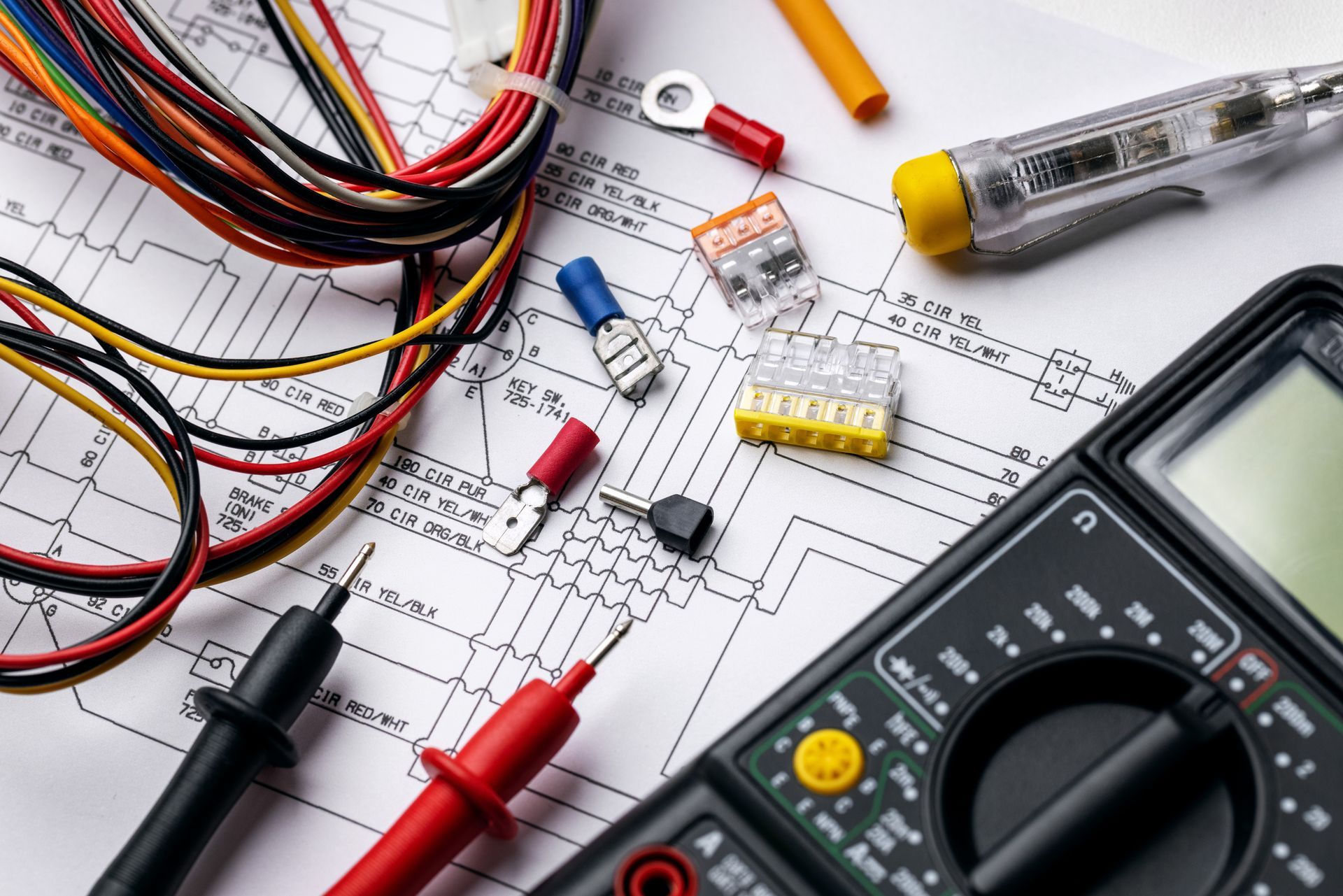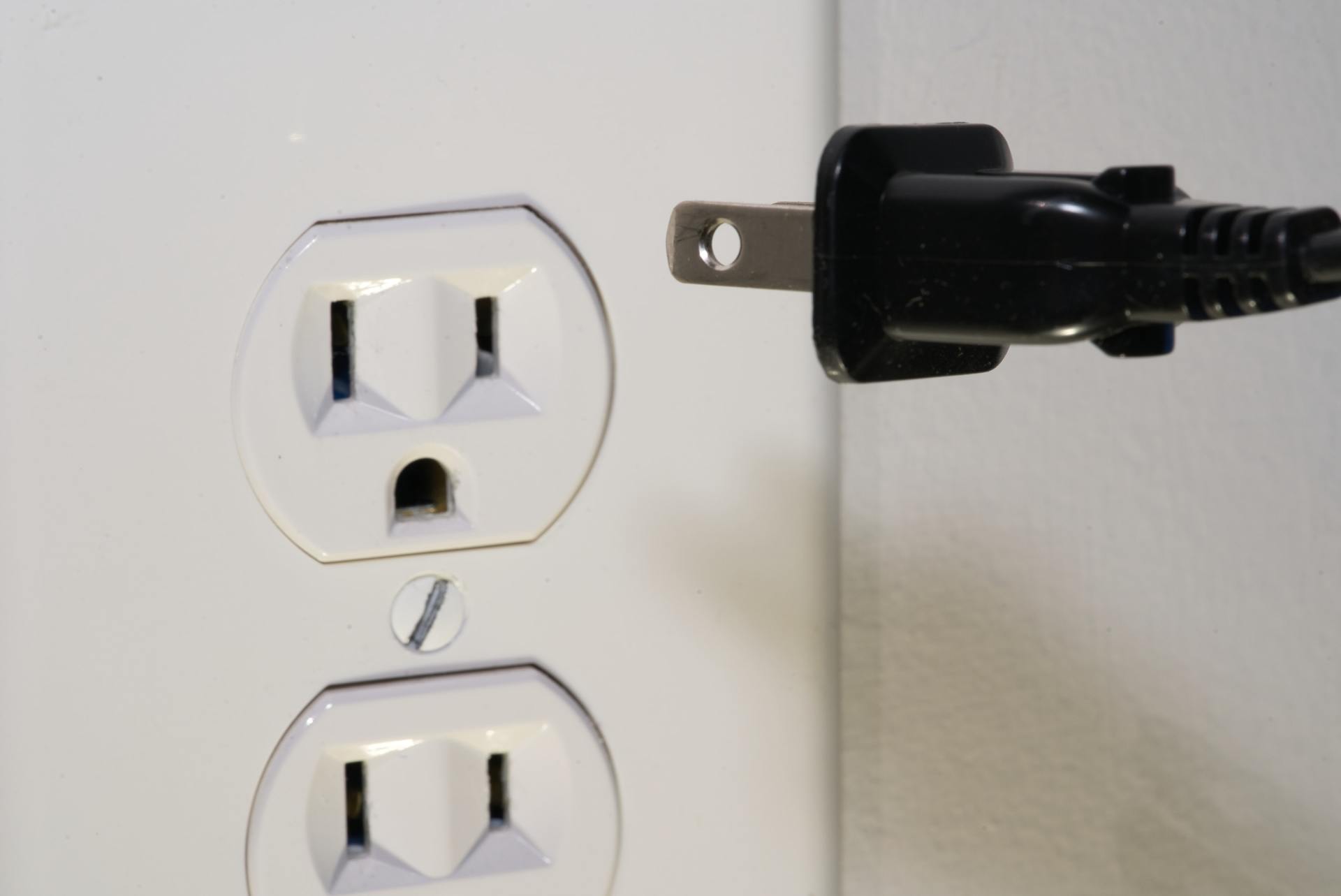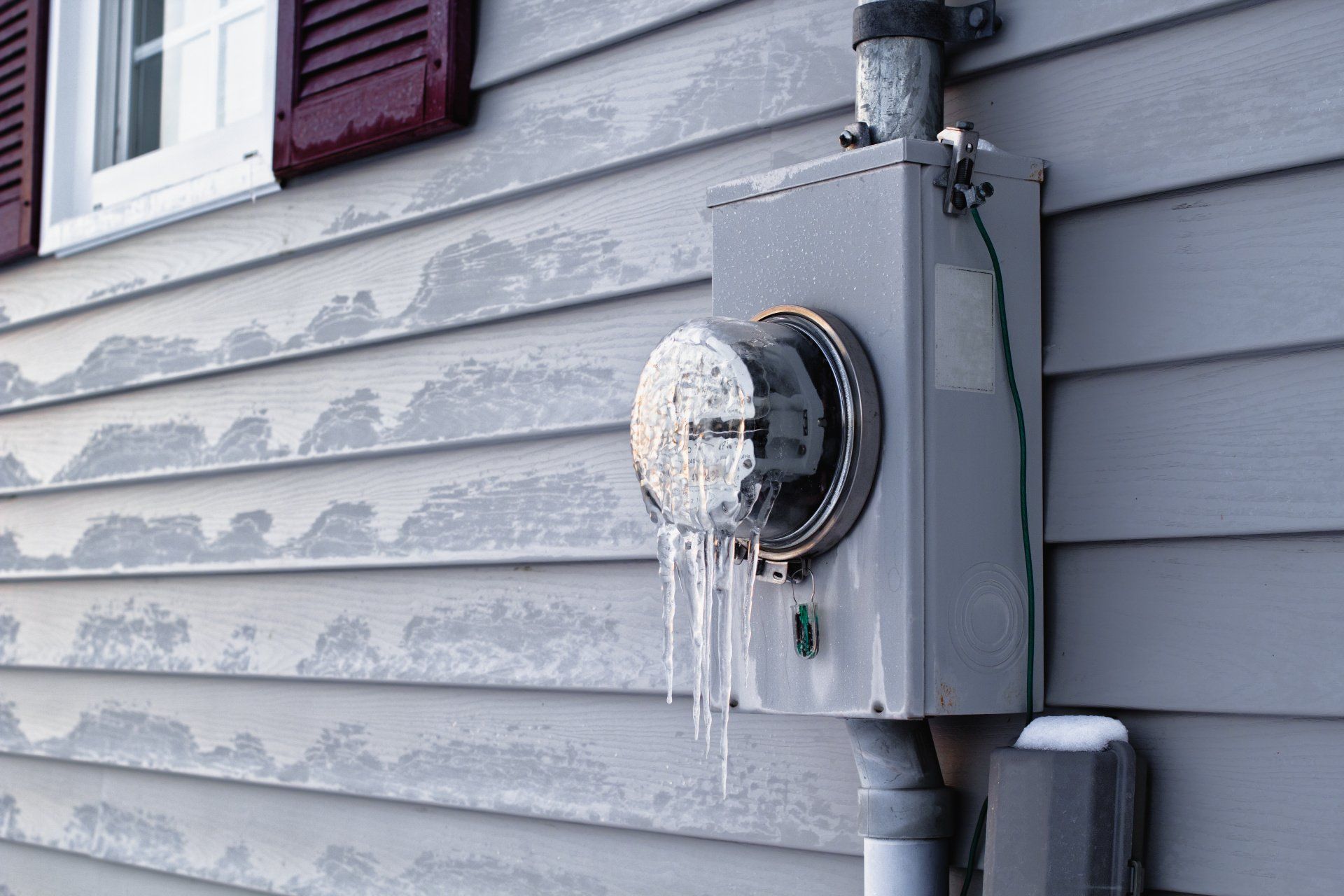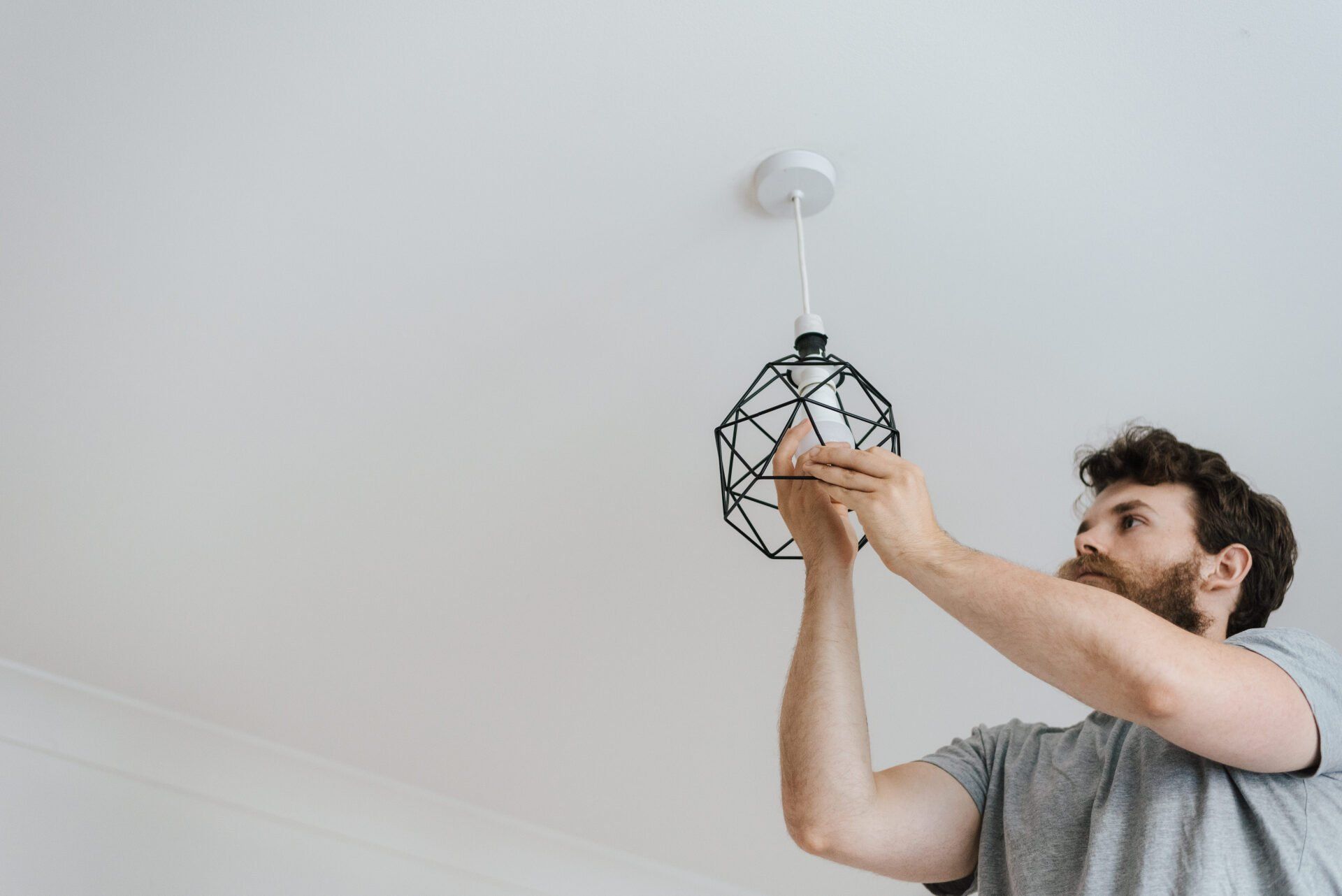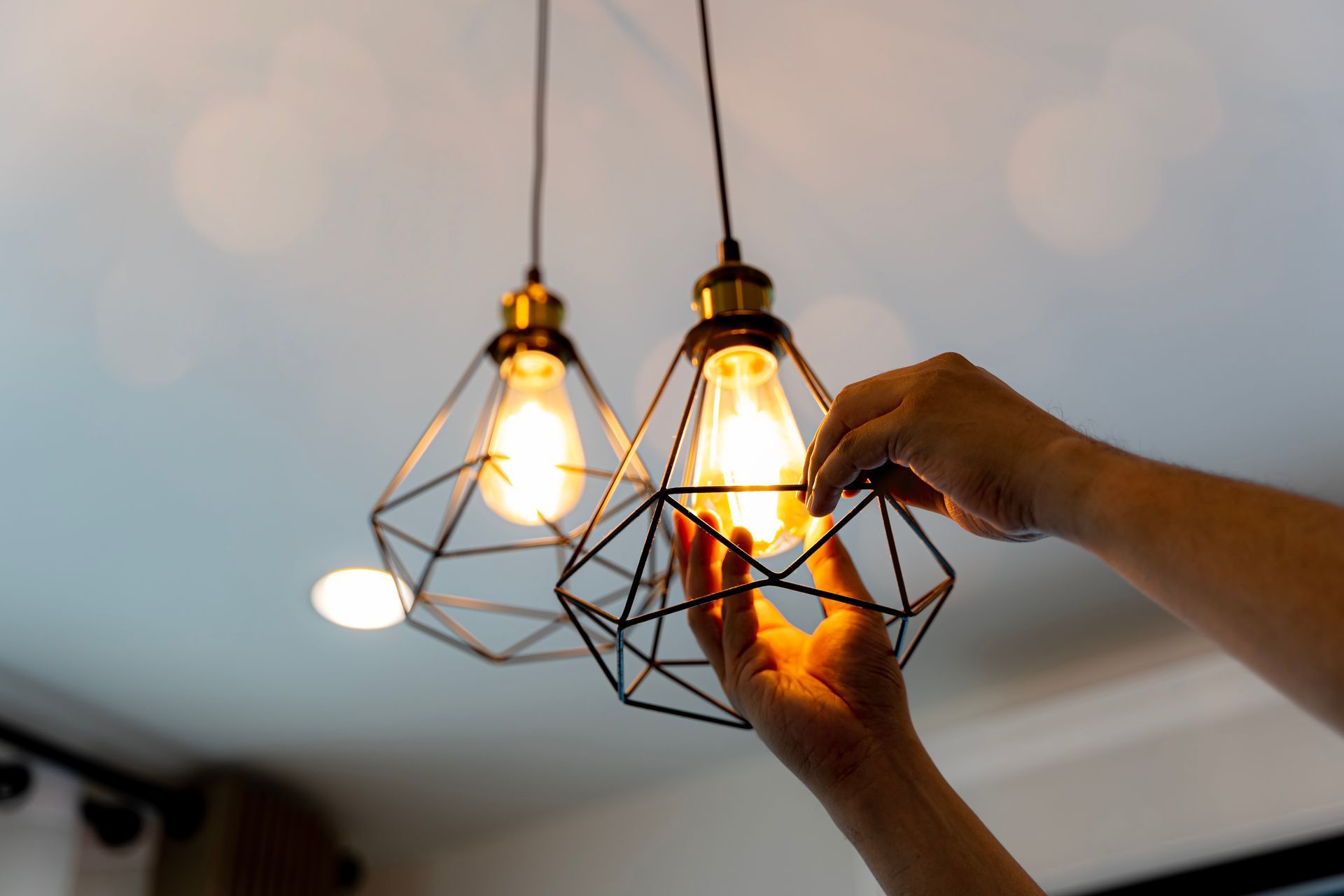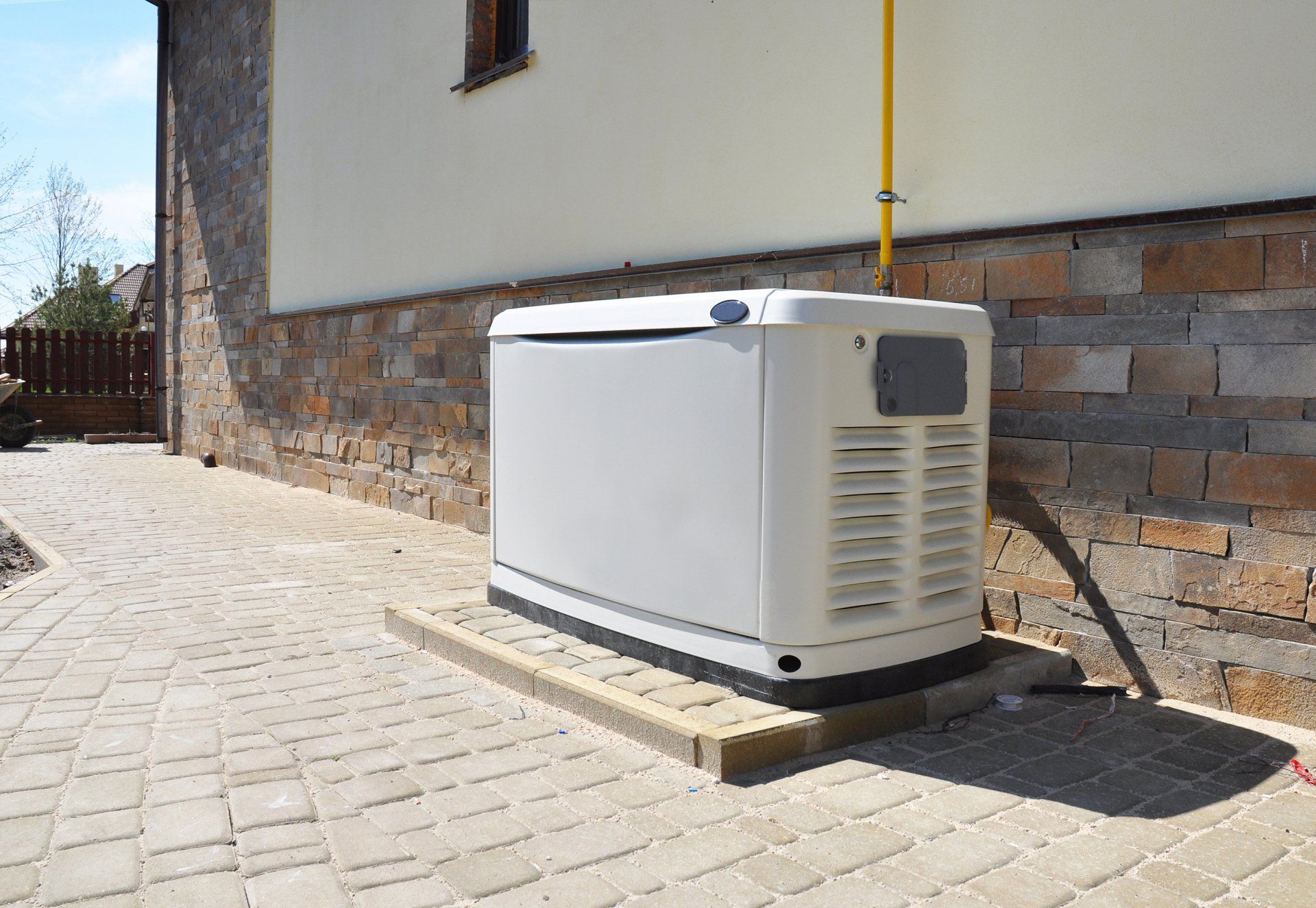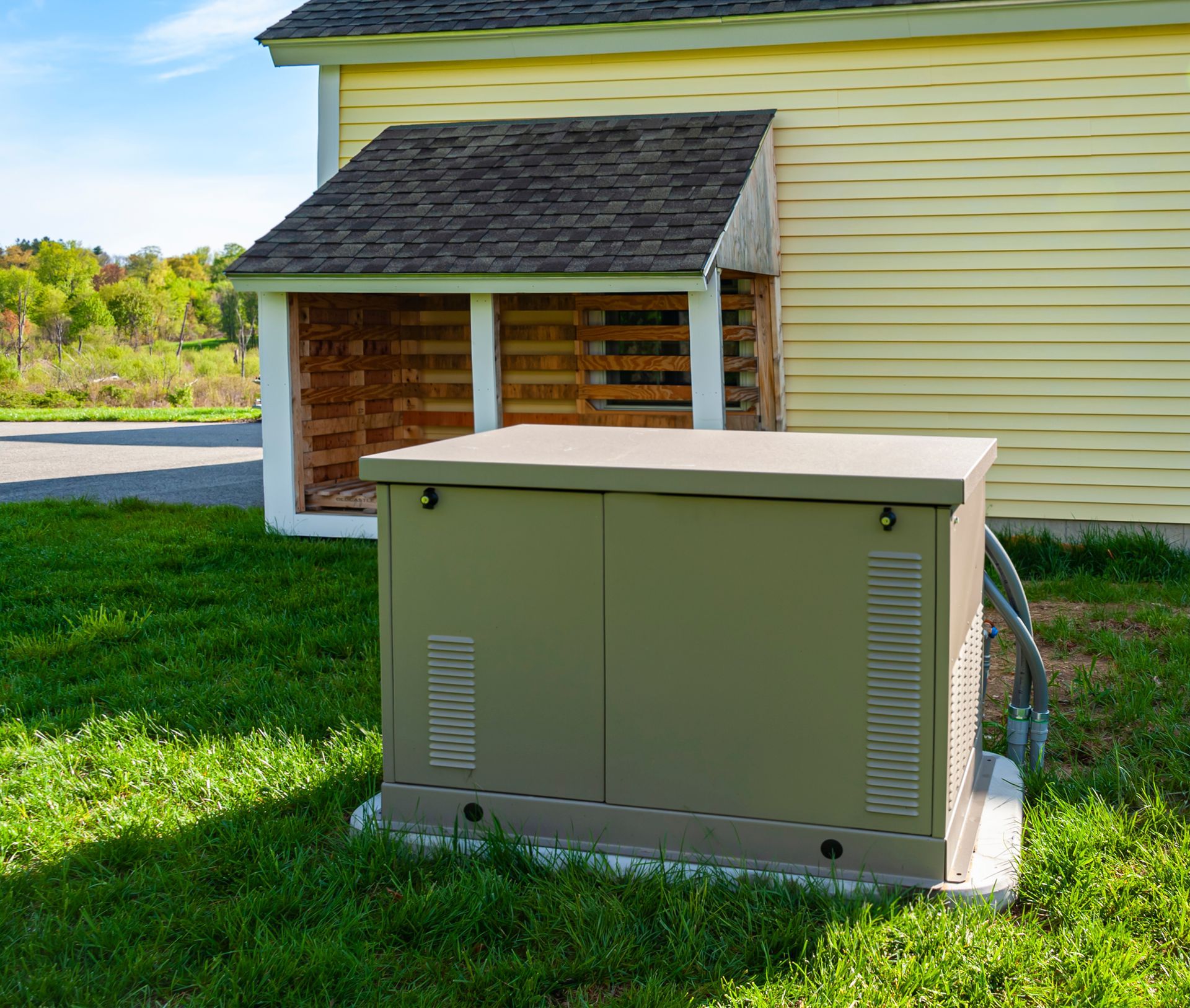Planning Your Home. What to Consider with Your Electrics
Building a home from scratch can seem like a pricier choice than buying cookie-cutter products in the market. Besides taking longer to make and move into, these homes require thorough planning to match your vision. This is why future homeowners need to work with different professionals to ensure a successful home project.
Planning Your Home's Electrics
Most homeowners tend to look at the aesthetic design of their home and pay less attention to its functional layout. Besides knowing where to place your furniture and your wall paint palette, you need to determine different aspects of your home’s electrics. Without proper coordination with your home builder and electricians, you could end up with a home full of extension cords and misplaced outlets.
If you want to keep your home practical and effective with its electricity usage, here are four things you need to consider:
1. Work around Your Wiring System
Homes have different wiring systems to accommodate their energy output. Besides affecting the number of lighting outlets and appliances you can install, it contributes to the overall look of your home’s circuits.
The most common wiring system is concealed conduit wiring. It’s the best option for homes since it can be hidden along your walls and plastering. It gives you more room to optimize your interiors without working around wires and conduits.
2. Determine Your Power Needs
Standard homes don’t need to worry about high power consumption unless they plan to purchase dedicated setups that require plenty of energy. Traditional households just need to power an HVAC system, washing machine, and other semi-powerful appliances. However, other homes may want to install home-based offices, a home theater, and gaming setups that need more advanced wiring systems.
Consult with your electrician if your home’s layout will need to accommodate these high energy-consuming setups. Doing so will help you determine if a specific wiring system needs to be modified for your purposes.
3. Have a Layout of Your Outlets
Installing the number of electrical outlets will be the bulk of the work for your electrician, so you must determine how many you need and in which places to install them. You don’t always have to be too creative with this task. However, you need to consider the purpose and use of each room to set different electrical routes.
If you’re unsure where to start, it’s best to talk with your electrician to give you a general overview of what you should know. Go over your building plans and try to map out your potential furniture and appliances. Doing so will help you enumerate the number of outlets that fit your specific needs.
4. Look For Energy-Efficient Options
Modern homeowners are more concerned about electricity consumption more than ever. Since electricity prices are constantly on the rise, it’s important to think ahead about installing effective energy systems. You can buy some appliances that use less energy through smart control.
On the other hand, you can invest in solar power to lessen your energy consumption through commercial electrical grids. These purchases may seem expensive at first, but they’ll effectively pay for themselves in the long term.
Conclusion
Although building a home from scratch requires more work, it’s also more rewarding once you accomplish it. Since it’s a unique design born from a collaboration between your chosen building experts, you’ll be more at home and accustomed to it once you move in. To have a successful planning stage for your personal investment, it’s best to work with the right contractors experienced in their specialty.
At B Town Electric, our trained specialists can help you plot your future home's electrical with ease. Our team will give you peace of mind knowing that professionals are working to build your dream home. If you want to work with the
best electricians in Hampshire County, MA, contact us today at
(413) 213-0770.
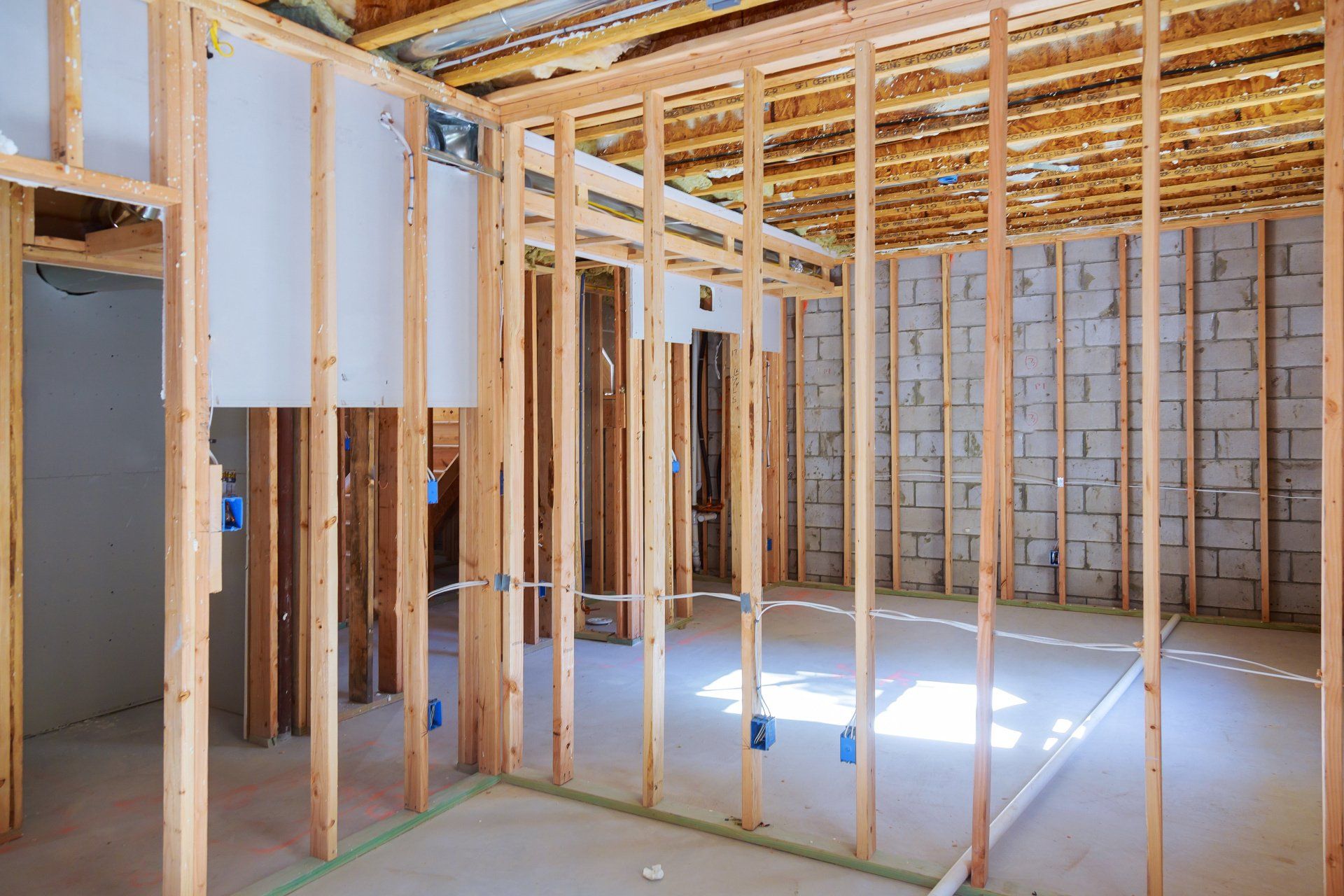
Questions? Contact our main office
Schedule a Free Quote. Submit a free quote request online
